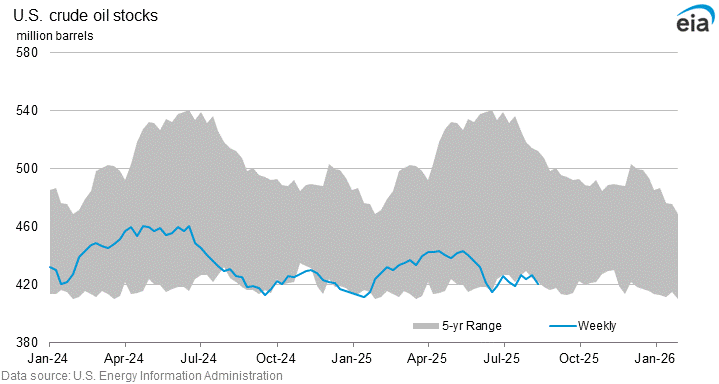European market futures are split after the Fed, the BOE is next. As investors digest the latest interest rate increase by the US Fed ahead of a policy-setting meeting by the Bank of England.
European markets trying to find clues for the next trend
The DAX futures contract in Germany traded 0.3% lower at 03:00 ET (07:00 GMT). While the FTSE 100 futures contract in the UK dropped by 0.2%, and the CAC 40 futures in France increased by 0.6 percent
The Dow Jones Industrial Average, the gold standard, fell more than 500 points, or 1.6%, overnight. European stocks are expected to follow suit on Thursday.
As was generally anticipated, this Fed increased its benchmark interest rate by 25 basis points. Predicting at least one more increase this year. Stating that it has no intention of cutting interest rates this year.
In light of the likelihood that the banking crisis will have an effect on development. The central bank also lowered its forecast for the annual GDP.
Yellen spooked the markets with her later comments
Yet, Treasury Secretary Janet Yellen’s remarks—in which she stated that the government is not looking into covering all uninsured bank deposits—were the ones that caused the most harm. Early in the week, speculation about such a move had increased sector optimism.
All eyes are on the BoE stance
Later in the session, the BoE meets back in Europe and is anticipated to follow the Fed‘s lead with a 25-basis-point hike. Particularly in light of the fact that data released on Wed showed that U.K. inflation rose back over 10% in Feb. In order to contend with the US and China in the long run. The EU leaders will also convene in Brussels for a two-day summit.
After the significant losses on Wall Street overnight, the banking industry will continue to be the center of the corporate sector. However, the industry has managed to weather the turbulence. After following the ECB’s 50 bp rate hike last week. That compelled merger of UBS (SIX: UBSG) and Credit Suisse relatively well. (SIX: CSGN)
Crude oil down after the Fed and inventory data
After the Fed raised interest rates on Thursday, oil prices declined, capping a three-day advance. While U.S. crude oil inventories rose once more, increasing for 12 of the previous 13 weeks.
US crude oil inventories increased by just over 1 million barrels, reaching their highest amount since May 2021. According to statistics compiled by the Energy Information Administration. U.S. oil futures were trading 0.8% lower at $70.35 per barrel by 3:00 ET. Whereas the Brent contract was down 0.6% at $76.22.
Gold futures also increased 1.6 percent to $1,981.50/oz, and the EURUSD moved up 0.6% to settle at 1.0917.










